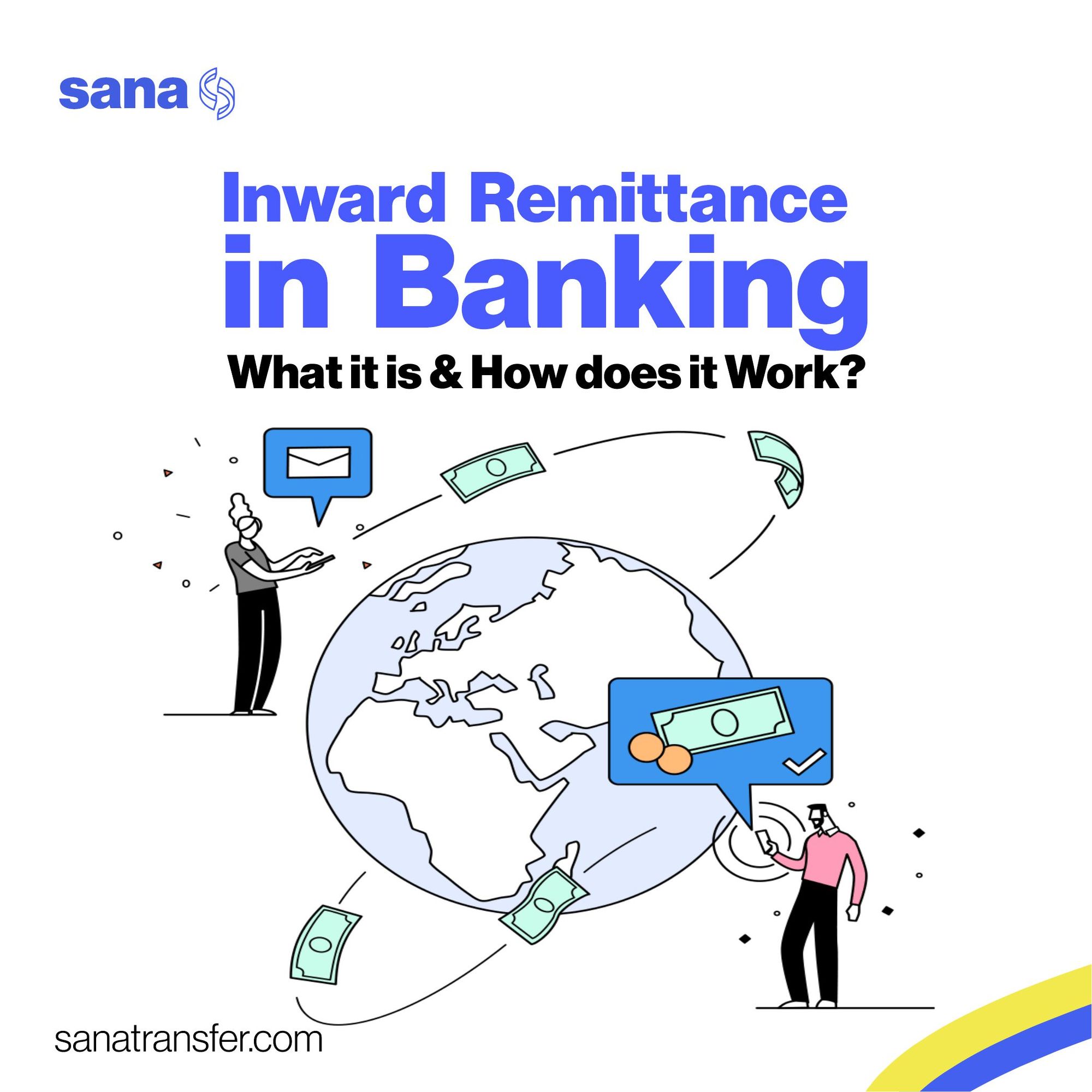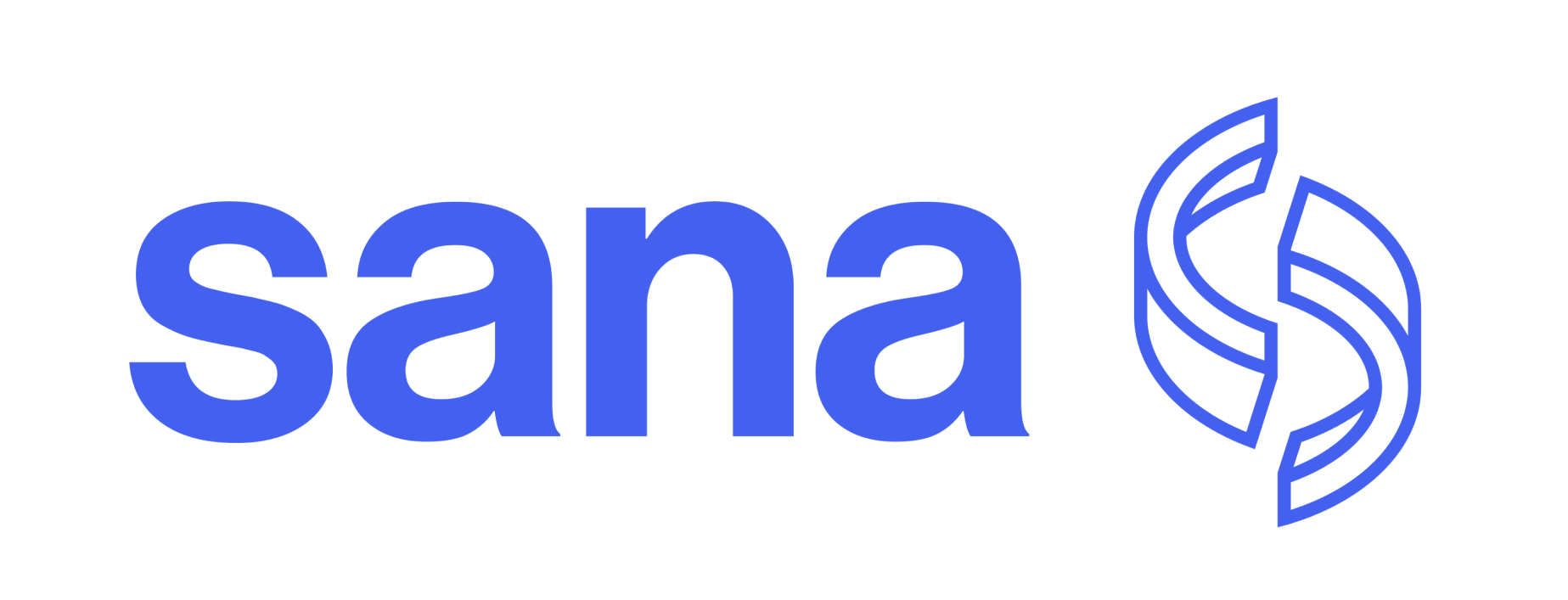What is Inward Remittance in Banking?
Inward remittance is any cash you receive directly in your bank account from any foreign bank account. Read more...

According to statistics, Canada has had billions of remittance outflows in the past few years. This is largely due to the fact that the country is home to so many immigrants who send money back home. “Remittance” is the term largely associated with cross-border transfers and it is simply the process of sending money internationally.
Remittance is primarily categorized into two types, inward and outward remittance. While outward remittance is a topic for another day, here we’ll be focusing on discussing what is inward remittance in banking and how it really works.
What is Inward Remittance?
Inward remittance is any cash you receive directly in your bank account from any foreign bank account. In simple terms, when you receive cash in your bank account from any of your relatives working abroad, the bank remittance process is called inward remittance. Now that we’ve provided an answer to the question “What is inward remittance?”, let’s take a look at other aspects of it.
What Are the Benefits of Inward Remittance?
Essentially, inward remittance helps to protect developing countries from financial difficulties. It achieves this by enhancing purchasing power and consumption of a household or business. This leads to better access to good food and clean water, quality education, health care, quality lifestyle and housing, as well as stock.
Also, inward remittance helps the recipients directly, since the whole process doesn’t include any middlemen, and it, therefore, decreases the chance of corruption.
Generally, inward remittance enhances a country’s GDP (gross domestic product) and its per capita income. The best part of it is that remitters can keep records of how the cash is spent and where the cash is spent. Therefore, inward remittance is a very important record-keeping tool across cross-border business trades.
Understanding the process of Inward Remittance
The process of inward remittance is straightforward and not stressful. All you have to do is to share your details with the sender. These details include:
- Full name
- Remittance Address
- Local bank account number
- Bank name and address
- Purpose of remittance
- The appropriate SWIFT code for your bank
Note that your bank may need you to send extra information, so you should ask your bank if they need anything else. Once you have all of these details, tell the sender to begin the remittance process from their foreign bank account. You will get a notification on your phone or by email when your inward remittance arrives.
The transfer means could be through traditional or digital remittance.
What are the bank charges for Inward Remittance?
The charges for inward remittances differ depending on various factors. The fees vary depending on factors such as:
- The prevailing currency exchange rate
- Correspondent bank charges
- The type of account
- Type of transfer
- Country from which the remittance is made, etc.
However, your bank gives you an estimate of the charges before you finish off your remittance transaction.
What is the limit for Inward Remittance?
Generally, the limit on each inward remittance transaction $2,500. However, your limit may be lesser than this depending on your bank.
We covered more on limits here - How much can you E-Transfer?
How Do You Use Inward Remittance?
Many groups and components are entangled in the process of inward remittance. Below is an extensive analysis of these components.
1. The Remitter
The sender of the cash who has to first go to the bank to call for payment to a recipient bank account is the remitter. Usually, the remitter’s bank will ask for these details before approving the transaction:
- Remitter’s name and address
- Bank branch details
- Nationality of bank
- Bank swift code
- Bank account number
Upon completing the financial transaction, the sender’s bank gives will an update on the success of the transfer. Thereafter, the remitter can send proof of the remittance to the recipient of the cash. This action notifies them of the payment.
2. The Remittee
The remitee is the beneficiary of the inward remittance i.e. the person who receives money from the remitter. The remittee’s bank holds the cash upon receiving it to inspect for compliance before they properly complete the transaction. Once the transaction has gone through all processes, the remittee has to contact their bank and give the necessary documents, such as:
- Contract
- Remittance information comprising the remitter’s name and the amount of money in foreign currency
- Purpose code for the type of transaction
- Payment Invoice
If you’re the remittee, you need to keep a proper record of all inward remittances, for future reference. Also, you must make a copy of the important Foreign Inward Remittance Certificate (FIRC). You can get this document from your bank.
What Is the Foreign Inward Remittance Certificate?
The FIRC, short for Foreign Inward Remittance Certificate, is a documented proof or testimonial of all the transactions going into your home country from foreign countries. Most statutory bodies make use of a FIRC to serve as confirmation that you collected your payment in a foreign currency.
If you’re collecting any amount of money from a foreign nation via a broker, you have to get this important documented approval. However, if you don’t have a valid account with any credible bank, you can't receive your money.
What Are the Different Kinds of Foreign Inward Remittance Certificates?
There are primarily two major kinds of FIRCs. They include:
1. The physical Foreign Inward Remittance Certificate (FIRC). This is basically a physical indication of the FIRC.
2. An e-Foreign Inward Remittance Certificate. This serves as an option for the physical FIRC. So both of them can be used interchangeably.
The home bank finalizes the process upon receiving the remittance declaration directly from the remitter’s foreign bank. Also, it gathers other information that may be important for documentation.
Thereafter, the bank generates an Inward Remittance Message (IRM) which will be on the online portal of the official government money remittance. If the documents fulfil all the necessary requirements, the IRM number will automatically convert into the standard e-FIRC number.
How Do You Request a FIRC?
To get a FIRC, you have to send a direct message to your local bank providing this information:
• Account number
• Day of the fund transfer
• Reason for the transfer
• Transfer amount
• Unique Transaction Reference (UTR) number
• Recipient details
Thereafter, you have to pay for your FIRC’s issuance, which can be provided either electronically or physically.
What Information Does the FIRC contain?
The FIRC includes the recipient’s name as well as the mode of remittance payment (it can be either via direct payment of cash or credit to the receiver’s bank account). Also, the certificate shows the name and the address of the authorized bank in charge of remitting the cash, as well as the remitter’s address.
Other details the certificate contains include the exact amount of foreign direct investment, which will be indicated in foreign currency and the current exchange rate. Also, there it will provide information on the equal amount of money transacted in your local currency. A valid signatory from the designated bank signs your FIRC after you have filled out all the necessary details.
Subsequently, the FIRC gets allocated to the address of the account holder. This can happen within a duration not more than 15 days from the first day the cash was remitted. Make sure you do not misplace the document because getting another copy can be very complicated and time-consuming.
Closing thoughts
The answer to the question, “what is inward remittance in banking?” is simple. Inward remittance describes any money you receive in your bank account from a foreign country. The process is usually easy, straightforward, and seamless. Inward remittance is not just important for individuals, but it is also important for the growth of the country at large. The economies of many developing countries thrive on inward remittance. Therefore, it is just as important as any other bank transaction you execute.
SanaTransfer offers easy, fast and secure payment services with better rates and faster payouts for international remittance. Sign up now to get started.
